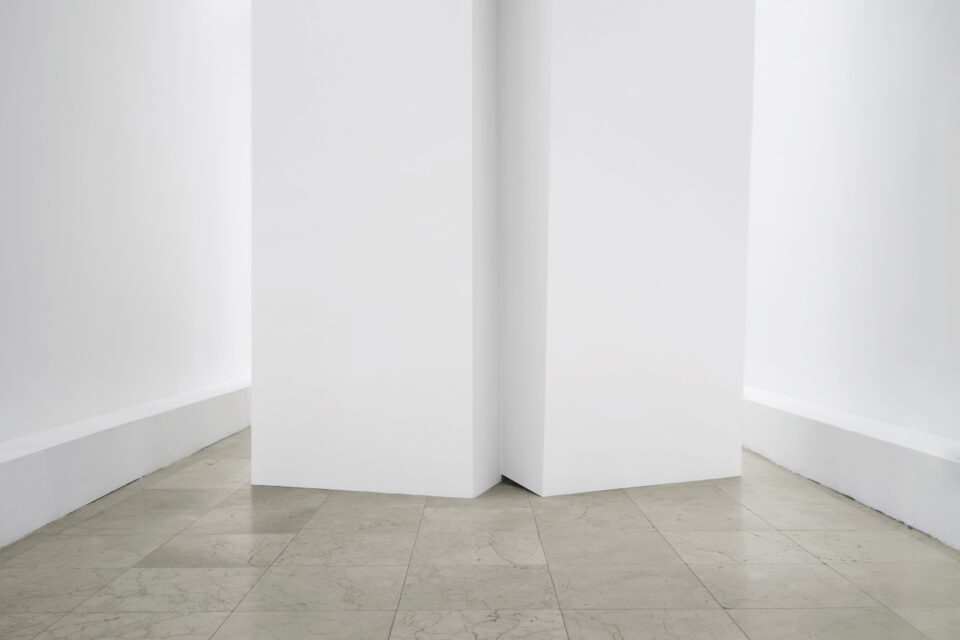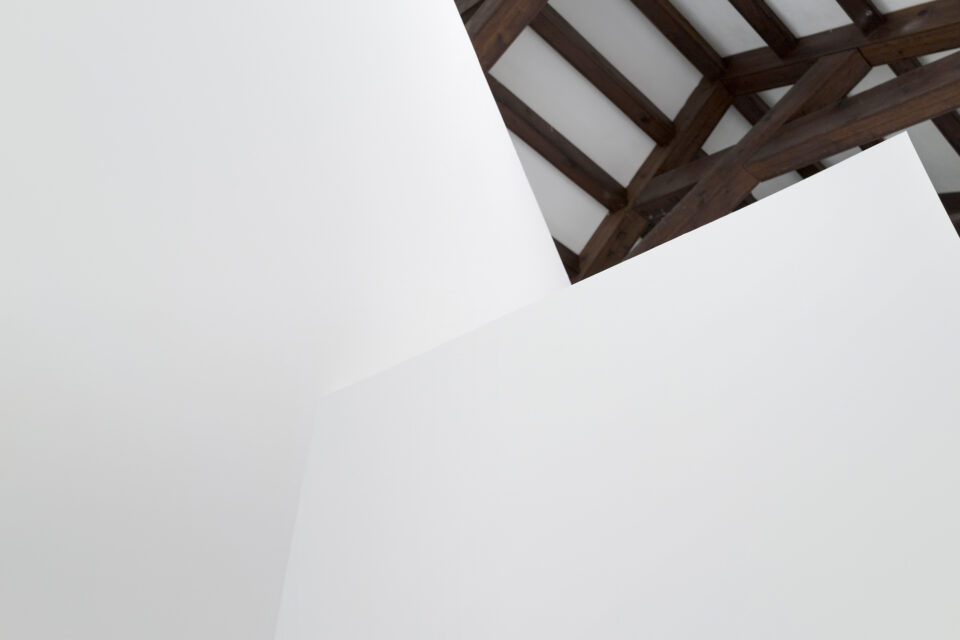Andrés Ramírez Gaviria
In the current exhibition at the Centro Cultural de España in Santo Domingo (CCESD), Vienna-based artist Andrés Ramírez Gaviria presents new work exploring the representation and evolution of two groundbreaking software programs from the early history of interactive computer graphics.
The video piece, “Winking Girl,” replicates an early demonstration of copying images instantly and repeatedly using the computer program Sketchpad. Developed in 1963 by Dr. Ivan Sutherland at MIT’s Lincoln Laboratory, Sketchpad revolutionized human-computer interaction through simple drawing. The video features the cartoon “Winking Girl” or “Nefertiti,” which Gaviria animated from Dr. Sutherland’s PhD thesis, Sketchpad, A Man-Machine Graphical Communication System. Showcasing the function of creating instances from an object or, in modern terms, using the cut, copy, and paste command, “Nefertiti” comprises three nearly identical line images portraying the face of a girl viewed from the front, with her left eye transitioning from open to semi-open to closed. Gaviria’s sequential arrangement of these images animates the appearance of Nefertiti winking, hinting at more significance than meets the eye. It’s a blend of prophecy and illustration, a playful nod to the potentials and potential conflicts of cultural production back in 1963, well before its widespread use today, an idea that even Dr. Sutherland, by his own admission, did not anticipate, saying he “just wanted to make nice pictures.”
“Solid Objects” is a three-dimensional recreation of two intersecting shapes originally drawn by Dr. Lawrence Roberts using his program, developed shortly after Sketchpad. Dr. Roberts’ program expanded its predecessor’s capabilities, notably enabling the production and manipulation of three-dimensional images. In “Solid Objects,” Gaviria magnifies an illustration by Dr. Roberts that shows two intersecting three-dimensional shapes, originally intended for viewing on the small square screen of the TX-2 computer. Gaviria’s larger-scale recreation appears almost absurd, aiming to answer: What constitutes an appropriate monument to a computer program?
Andrés Ramírez Gaviria’s art sparks a rich dialogue between past and present. According to Laura Wellen, Gaviria’s work consistently addresses fundamental questions across diverse visual and conceptual themes. His exploration delves into how we create meaning, understand, and share information, questioning what might be lost in this process. Gaviria’s art taps into the potential of images, language, and sound to shed light on fundamental truths in our technology-oriented world, creating poetic moments within the systems we use to communicate.





